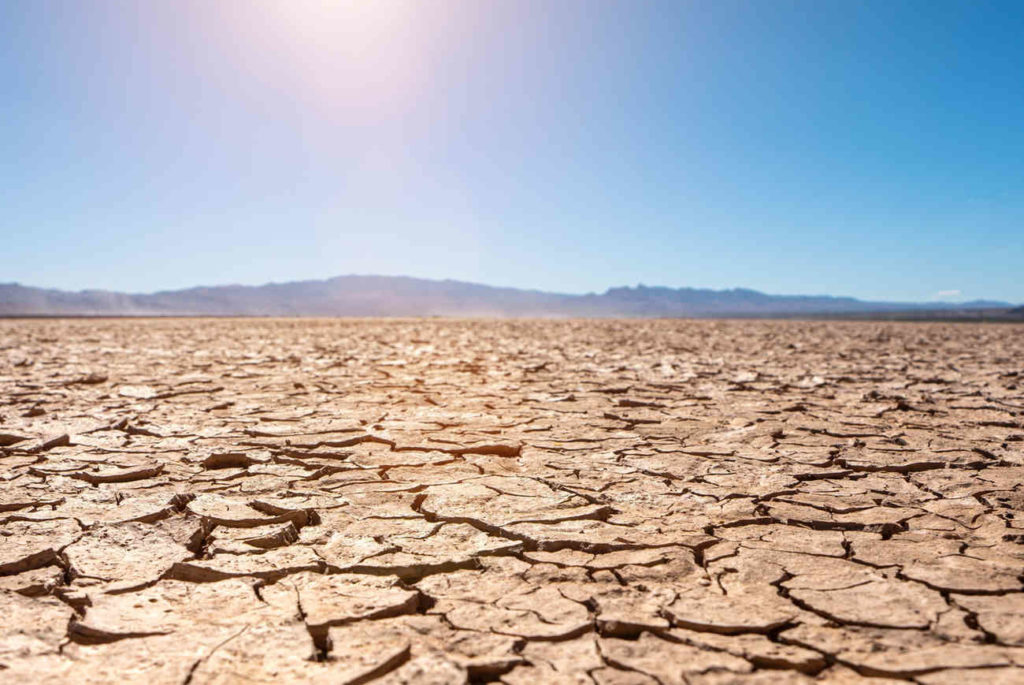Today, one third of the world’s inhabitants do not have access to drinking water and projections show that by 2050, more than half of the population will be living under water stress. Water scarcity in terms of drinking water supply, as well as for agriculture, industries and municipalities, is no longer just a problem of developing countries or certain arid regions, but a real issue that must be addressed quickly for the benefit of all. In this article, Alcimed explores two promising technological solutions to fight against water shortages and deciphers the obstacles that hinder their development in Europe.
What technologies are available to increase water supply?
Desalination and wastewater reuse are two reliable alternatives today to prevent water shortages and access unconventional water sources.
Desalination of seawater is the process by which dissolved mineral salts in water are removed. Water reuse, on the other hand, is the process of converting municipal or industrial wastewater into water that can be reused for a variety of purposes, from agricultural reuse to Direct Potable Reuse (DPR).
Today, more than half a billion people receive their daily drinking water through desalination, especially in the Middle East, China and India, because regulations allow it.
These two alternatives have reached full technological maturity over the years: desalination is now carried out by reverse osmosis and reuse by high-performance membranes, making it possible to obtain water of the highest possible purity.
Seawater desalination is mainly used to produce fresh drinking water, and today, more than half a billion people receive their daily drinking water through desalination, especially in the Middle East, China and India, because the regulations allow it. On the other hand, in Europe, the legislation does not allow direct reuse as drinking water, because they are not yet convinced of its safety. Reused water is therefore mainly used for landscape irrigation and urban or industrial uses.
What are the obstacles to the development of these solutions against water stress?
The environmental impact of seawater desalination
Desalination is increasingly perceived as too energy intensive and its environmental impact can be discussed.
To separate water and salt, the bond between the two components must be broken, and the associated energy consumption can be up to 20 times higher than that of other conventional approaches. In addition, the by-product generated by the process is brine (ultra-salty water), and this is produced in large quantities, as the process has a 50% efficiency, meaning that 1000 liters of seawater will produce 500 liters of clean water and 500 liters of brine. This brine is released into the ocean and could, in large quantities, damage the marine ecosystem by sinking to the bottom of the sea, as it is actually heavier than “natural” seawater.
Wastewater reuse suffers from a social acceptance problem
Although there are no solid epidemiological studies showing that wastewater reuse can cause an epidemic, the potential transmission of infections by pathogenic organisms, or the release of contaminants, remain the main public concerns about direct potable water reuse. This reservation slows the development of this alternative, even though dozens of DPR facilities already produce high-quality drinking water while meeting very high health standards. For example, the Goreangab plant in Namibia, which has been in operation since 1968, has a total capacity of 7.5 milliliters of water per day since 1997, and is thus an example of long-term, large-scale direct potable water reuse.
However, an evolution is coming: regulations governing water reuse are increasingly developed, both for direct and indirect reuse. For example, in Europe, the revision of the European Urban Wastewater Treatment Directive, scheduled for 2022, will make it mandatory in every country to systematically review and set a minimum percentage of wastewater reuse (WWR). This directive is not yet focused on WWR, but it represents a first step to encourage its acceptance.
Thus, while water reuse was initially in the shadow of seawater desalination, its market has grown more rapidly in recent decades, with a 91% increase in water reuse capacity compared to 63% for desalination. In 2016, the total annual contracted capacity of reuse plants was already twice that of desalination, with a capacity of 2.5 billion m3 per year versus 1 billion.
Developing these alternatives requires significant financial investment
Another difficulty in deploying both technologies on a global scale is their cost, particularly with regard to water transport: desalination plants are all located near the sea or ocean and the investment cost of building a water network to supply an arid area far from the sea is very high. The same problem applies to a water reuse plant if it is not located near its wastewater treatment site. Thus, the industrial segment for water reuse is growing, as wastewater produced on site can be reused directly on site. To illustrate, reused water must be distributed within a 5 km radius of its production to be profitable.
Seawater desalination and wastewater reuse are indeed alternatives to combat water scarcity, but they must be used locally, in moderate quantities, and in combination with other alternatives.
It can be argued that the cheapest and least consumptive alternative to desalination and reuse is water conservation, but in the longer term, with projected rates of global population growth combined with the anticipated impacts of climate change, it is impossible to avoid supply-side solutions.
Water stress will continue to be a development driver for increasingly sustainable approaches to managing the world’s water resources. Seawater desalination and wastewater reuse, used together, locally, in the quantities needed, are a good way to tackle the problem the world is already facing. Alcimed can accompany you in your projects related to these subjects. Don’t hesitate to contact our team!
About the author,
Oriane, Mission Manager in the Chemistry and Materials team of Alcimed in France



